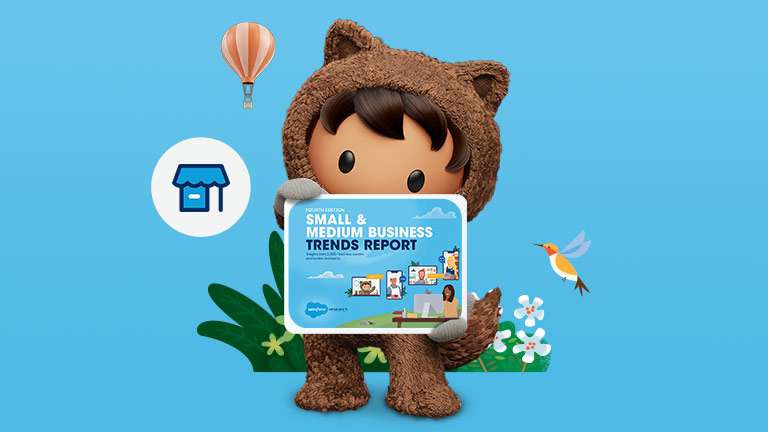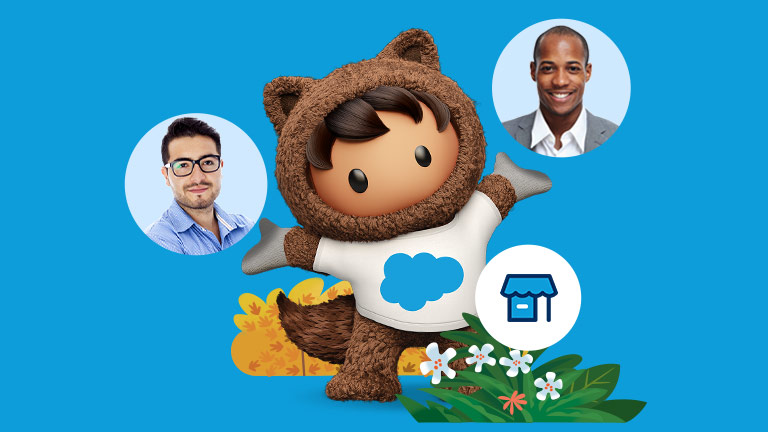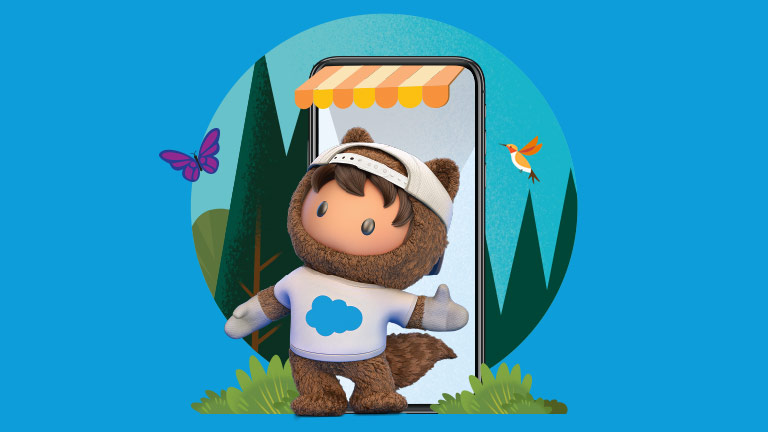It’s always been important to have a solid customer base: just ask Tesla or the Grateful Dead. But finding potential customers and then converting them into loyal fans isn’t easy. In fact, it’s become increasingly difficult in a time when there are nearly 2 billion websites, you have less than 10 seconds to get a potential customer’s attention and your competitors are just a click away.
Even with these hurdles, businesses are succeeding in creating staunch brand advocates. Ethics and values are coming to the forefront. Service has been taken to the next level. And organisations are redesigning their entire business from the ground up in order to centre it around their customer.
Opportunities to build better relationships are everywhere. But how can you make the most of them to grow your customer base?
What is a customer base?
A customer base refers to your business’s loyal customers. While a customer base could include some customers who only occasionally use your services or products, it’s better to look at your customer base as brand advocates: the type of customer who feels an emotional connection with your brand.
Do I really need a strong customer base?
Having a strong customer base has a number of benefits, including recurring revenue and the potential for growth. After all, if your customer base consists of strong advocates for your business, then the word will spread and your business can grow exponentially. It’s also cheaper to market to and engage with a customer base, as it costs 5x more to acquire a new customer than to keep an old one.
How do I build a loyal customer base?
There’s no one-size-fits-all approach to building a customer base, but there are 6 effective methods to consider.
1. Focus on trust and transparency. 95% of customers say that their trust in a business affects their loyalty to that business. By being transparent and honest, businesses can build meaningful relationships and create stronger bonds.
2. Create a next-level loyalty programme. Loyalty programmes are a great way to not only capture the attention of customers, but keep them engaged. Today’s loyalty programmes offer a variety of value-driven perks, ranging from free birthday gifts and VIP experiences to members-only sales and access to unique products.
3. Prioritise the customer experience. Expectations for service and CX (customer experience) have changed drastically since the pandemic started, as consumers have become accustomed to the ease and convenience of digital commerce. Make sure that your business is not only meeting these new expectations for service, but exceeding them. Henry Ford wasn’t wrong when he said, “A business absolutely devoted to service will have only one worry about profits. They will be embarrassingly large”.
4. Adapt and innovate. Your customer base is dedicated because they like your products or services, but that doesn’t mean you should rest on your laurels. After all, Apple didn’t stop innovating because its fans loved the Apple II. Instead, it made innovation part of its USP (Unique Selling Proposition), and its customer base exploded as a result. Today, Apple’s product launches are must-see TV, keeping its customer base glued to computer screens around the globe.
5. Put your values front and centre. A brand’s values and ethics are much more important than they were just a few years ago, and many customers seek out brands with values that they respect. For instance, leading footwear brand TOMS donates 1/3 of its profits to community causes. If your business gives back to the community or is focused on sustainability and ethical business practices, then that’s something a potential customer base would like to hear about.
6. Highlight your USP. Becoming more customer-centric is great, but to stand out from your competition, you’ll want to make sure that your USP is evident. What makes your product or service unique? How can you differentiate your brand? If your messaging isn’t clear and captivating from the start, it may get lost in the thousands of similar messages people are exposed to every day.
What does my ideal customer look like?
It’s a good idea to create some buyer personas, or composites, of the types of customers that are the most likely to love not just your products or services, but your business. What are these customers’ values? How and where do they shop? What do they appreciate, and what do they actively dislike? What digital channels do they spend their time on? How concerned are they with price? With quality? With reputation?
Once you know who your customer is, you can figure out what they want – and how you can create exceptional experiences to give it to them.
How can I expand my customer base?
Before driving customer engagement, make sure that you have addressed three foundational pillars: personalisation, timeliness and connectivity. Offering personal experiences is no longer a differentiator; it’s expected. Customer also want to be able to engage with a company across a range of touch points, whenever and wherever they choose.
Once those three pillars are in place, you can expand your marketing activities, look to turn customers into brand advocates, monitor social media feedback and develop products or services to target new audience segments.
How can I manage my customer base?
Engaging new audiences and building new customer journeys is a great way to kick-start growth in your customer base, but once it expands, you’ll need to manage it.
In order to get the most out of your data and deliver the highly personal, highly targeted experiences that customers expect, you should centralise your data. This will allow you to turn raw, free-floating data into actionable business intelligence, giving you the insights you need to manage your customer base.
Get the tools you need to grow your customer base
Better customer engagement depends on not just reaching people, but on reaching the right people in the right way at the right time. Tools like Marketing Cloud can help you improve productivity, deliver tailored experiences, humanise connections and react to the needs of your customer base in real time.
No matter what tools you choose, there’s one thing to put at the heart of any business strategy: the customer. And with the recent shift towards more transparent, less transactional relationships, the new era of engagement promises to take businesses and their customers to exciting new places.
To see more about how you can make connections and expand your customer base, download a free copy of Your Complete CRM Handbook.






